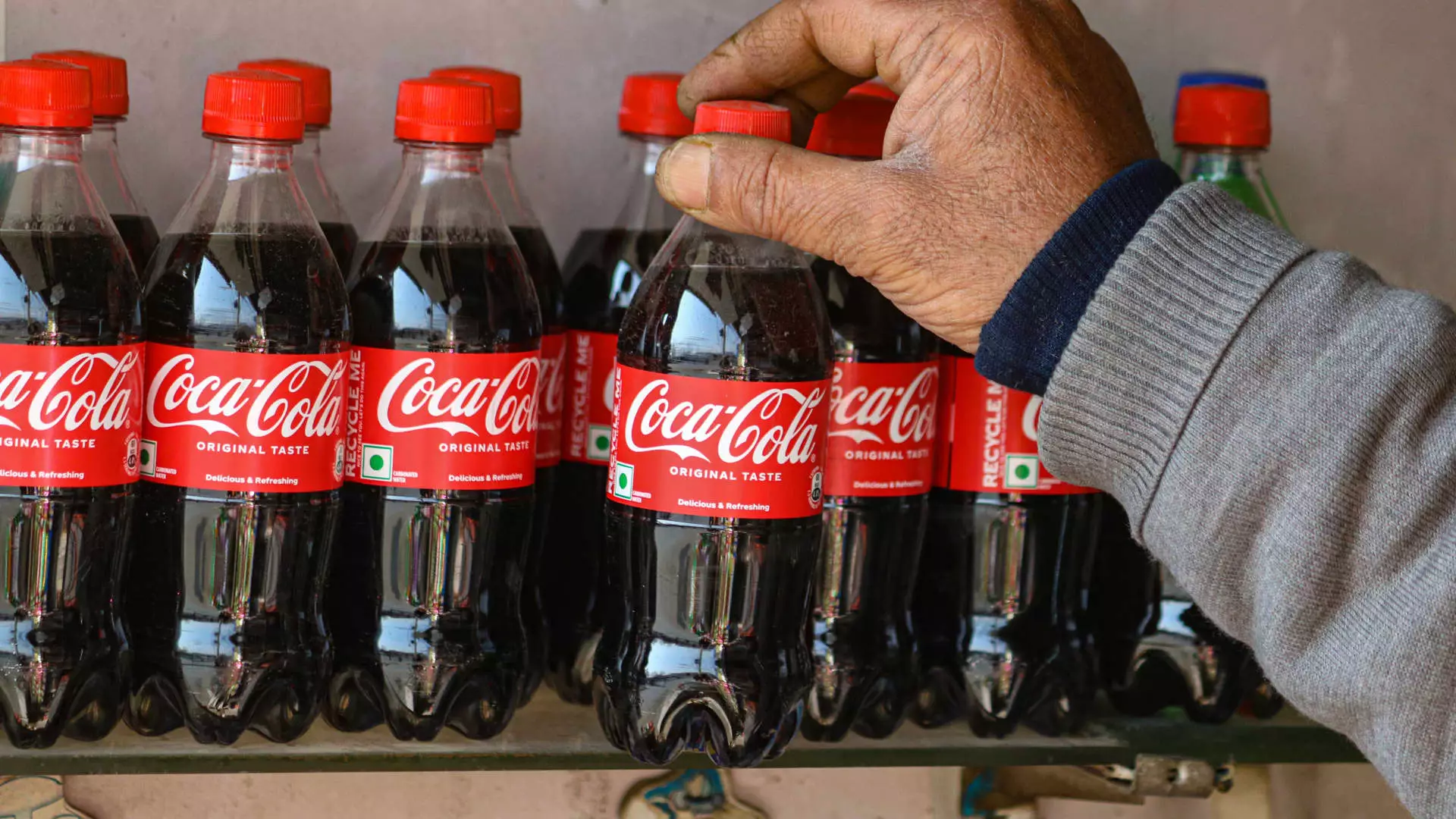Recent moves by the Trump administration to increase tariffs on aluminum and steel imports have stirred discussions regarding the materials used by major corporations, particularly in the beverage industry. Coca-Cola’s CEO, James Quincey, has indicated that that company may pivot towards plastic bottles if aluminum prices rise significantly due to these new tariffs. This strategic pivot demonstrates how external economic policies can influence a corporation’s operational tactics in a competitive market. However, the implications of such a change extend beyond mere cost management; they touch on environmental concerns and Coca-Cola’s long-term sustainability initiatives.
In light of potential increases in aluminum costs, Coca-Cola is prepared to enhance its production of PET plastic bottles. Quincey stated that the company’s ability to offer diverse packaging options ensures competition within affordability, allowing them to mitigate costs associated with aluminum hikes. This flexibility is crucial. Tariffs that raise the cost of aluminum to 25%, as announced, compel corporations like Coca-Cola to explore alternative pathways to maintain profitability without sacrificing consumer demand. This adaptability is not uncommon in large firms, which typically have multiple channels to navigate input cost fluctuations.
Nonetheless, the choice to utilize more plastic can raise ethical questions regarding the environmental consequences of such a shift. While PET plastic can be recycled, its lower recycling rate compared to aluminum poses a significant challenge in the battle against single-use plastics. The challenge here is twofold: while Coca-Cola looks to protect its bottom line, it may inadvertently contribute to growing plastic pollution, an issue that has garnered significant public criticism.
Despite fears of the financial impact stemming from the tariff increase, Quincey downplayed its potential effects on Coca-Cola’s overall business. He specified that while the rising cost of aluminum is non-negligible, it will not dramatically destabilize the company’s billion-dollar operations. This perspective is crucial in understanding how large corporations manage risks. By relying on the availability of domestic aluminum supplies and the possibility of passing costs onto consumers, Coca-Cola seeks to maintain financial stability.
However, the question arises: how will consumers respond to potential price increases? In an era where consumers are increasingly price-sensitive, particularly amidst economic uncertainties, Coca-Cola’s success will largely hinge on its pricing strategies and public perception. If consumers perceive the brand as environmentally conscious and committed to sustainability, they may be more willing to accept price adjustments. However, if their efforts in sustainability continue to be undermined by a focus on plastic packaging, this goodwill could easily dissipate.
Coca-Cola’s industry reputation has been marred by accusations from environmental organizations like Greenpeace, which has branded the company as the “world’s worst polluter.” This is primarily due to its heavy reliance on single-use plastics, contributing to a global waste crisis. While Coca-Cola recently announced a plan to utilize 35% to 40% recycled materials in its packaging by 2035, this is a significant step back from its prior goal of 50% by 2030.
This modification of goals exemplifies a growing tension within corporations between profitability and sustainable practices. Critics may argue that such changes fail to meet the urgency of the environmental concerns at hand. Reinforcing this point, the recycling rates for PET remain significantly lower than those for aluminum, raising red flags about Coca-Cola’s future commitments and the sincerity of its sustainability strategy.
Coca-Cola’s potential shift towards increased use of plastic bottles in response to tariff-induced challenges presents a complex interplay between economic stability and environmental responsibility. The company is walking a tightrope; the need to meet consumer demands for affordability clashes with the rising public scrutiny surrounding environmental impacts. As Coca-Cola navigates this multifaceted landscape, its future strategy will require not just economic acumen but also a renewed commitment to sustainability if it hopes to restore its standing amidst an increasingly eco-conscious consumer base. The unfolding narrative will be crucial for stakeholders and consumers who are continuously evaluating the implications of corporate decisions on both the economy and the environment.


Leave a Reply